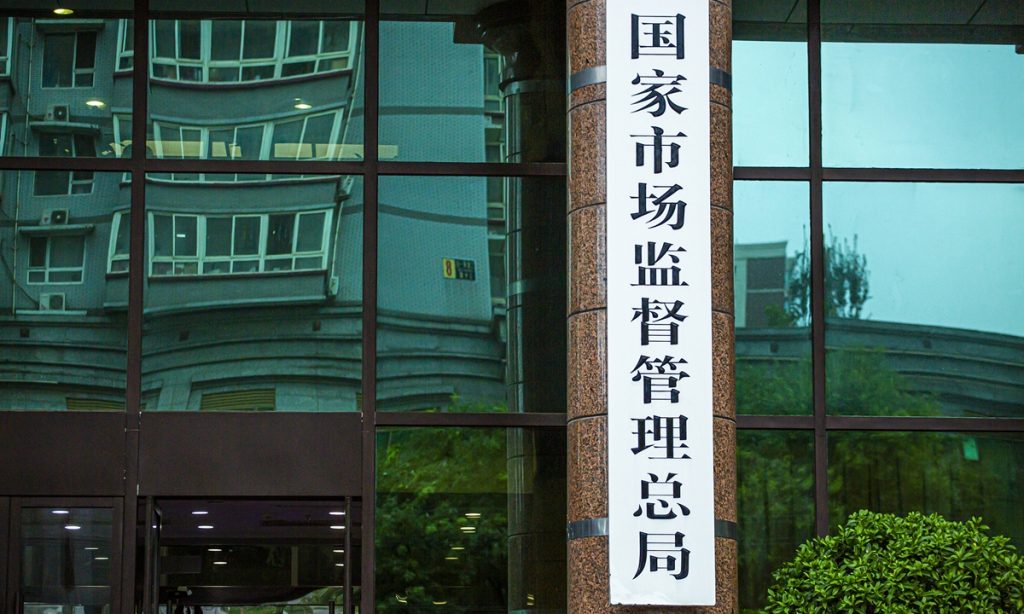Traditional herbs turn into trendy treats

In Shanghai, a new ice cream shop has recently made headlines with its unique offerings: a range of ice creams containing traditional Chinese medicine (TCM). With a total of 16 flavors, including mint and watermelon frost, wild chrysanthemum and pistachio, smoked plum, bamboo and jasmine, hawthorn and bergamot, and loquat syrup, the new summer treats are conquering customers.
Priced at 38 yuan ($5.3) for 120 grams and 45 yuan for 150 grams, customers can also ask for toppings made from premium ingredients like ginseng (12 yuan) and caterpillar fungus (known in China as "winter-worm summer-grass," which is said to be effective in boosting the immune system, for 18 yuan). Additionally, the shop sells herbal teas at an average price of around 20 yuan.
According to the staff, these products use ice cream as a primary base, with a small amount of herbal ingredients added to enhance the flavor. The concept is centered around the idea of "new Chinese-style herbs" and the traditional TCM principle that "food and medicine share the same origin."
The TCM ice cream has gone viral online, with the related hashtag on China's X-like platform Sina Weibo garnering over 50 million views and 10,000 comments about it.
While some Weibo users question the compatibility of these ice creams with traditional Chinese medicine principles - citing concerns over the consumption of cold foods, others showed their interest. "My last bit of guilt from eating ice cream has now disappeared," read a Weibo comment.
The rise of TCM-infused ice cream is part of a larger trend where traditional Chinese medicine is being integrated into modern food products. With wellness and health being increasingly valued by younger generations, along with a growing sense of cultural confidence, this fusion of TCM with contemporary cuisine is gaining popularity among young consumers in China. From herbal teas and bread to coffee and now ice cream, TCM is making its mark in the culinary world.
Product diversification
Beyond ice cream, TCM is making its way into various foods. In Southwest China's Chongqing Municipality, a hospital started producing milk tea, pastries, and lollipops infused with medicinal herbs. In Guangzhou, South China's Guangdong Province, a TCM wellness café offers a variety of herbal coffees. A hospital in North China's Tianjin has even opened a bakery featuring medicinal breads like lotus leaf hydrating toast and Ejiao soft bread.
According to data by The Beijing News media outlet, as of July 7, there are more than 30 TCM tea or herbal tea brands in the country.
Over the past few years, the Chinese government has placed significant emphasis on the development of the TCM industry, introducing various policies and measures to support its innovation and growth. These initiatives have provided a solid foundation for the emergence of TCM-infused culinary products, Yi Lan, an attending TCM physician at a hospital in Guangzhou, told the Global Times.
On top of that, social media has also played a pivotal role in promoting this trend, amplifying its reach and appeal, particularly among younger generations, who are keen to explore new and unique experiences, she added.
For instance, suanmeitang (sour plum drink) has gained popularity since the summer of 2023 as a refreshing and appetizing drink. Traditionally brewed with additional ingredients such as hawthorn, licorice, and rock candy, this traditional beverage is renowned for its delightful taste and its capacity to alleviate heat exhaustion, counteract greasiness, and stimulate the appetite.
On social media platforms, such as the Chinese version of TikTok, many users have posted videos of their experiences of buying suanmeitang in TCM shops. In the lifestyle-sharing platform Xiaohongshu, search of the "TCM prescription of suanmeitang" yields about 3,000 posts.
A Douyin user's video shows that a packet of suanmeitang costs only 4.5 yuan. The ingredients include dried plums, dried tangerine peel, osmanthus flowers, hawthorn, mulberries, and rock candy. According to the video, stores can even brew it on the spot for the consumers.
Despite TCM being usually consumed warm, some users add ice, saying it makes a deliciously refreshing drink that is "much more affordable than milk tea and healthier as well."
However, due to the high content of organic acids like citric acid and malic acid in suanmeitang, this beverage is not suitable for children to consume, as their stomach lining is relatively delicate.
Adults should also avoid drinking it on an empty stomach or in large quantities. Additionally, sour plum drink is high in sugar, so it is not recommended for individuals with diabetes.
Menstruating women, people with colds or fevers, or those who have a cough with phlegm or a feeling of chest congestion should also avoid drinking suanmeitang, as it could worsen these conditions, she added.
Comfort meets wellness
The increasing interest in TCM-infused foods aligns with a growing interest in wellness among millennials and Generation Z, who are increasingly seeking health benefits in their dietary choices.
According to the Generation Z nutritional consumption trend report by the Xinhua News Agency in 2021, individuals aged 18 to 35 are leading the charge in health-conscious spending, making up 83.7 percent of the market.
The report also revealed that compared to traditional tonics, products that are portable, simple, and ready-to-eat are particularly favored by Gen Z.
The demand for such practical and nutritious products indicates a departure from traditional methods, with a preference for health benefits that are easy to integrate into daily life.
"The trend reflects a growing awareness among the public, alongside a strong sense of cultural confidence," Yi said.
Moreover, for the TCM food industry to sustain its upward trajectory, it must find a development path that truly reflects the unique characteristics of TCM.
"A crucial first step is to enhance public knowledge of traditional Chinese medicine, which will enable consumers to make informed choices and fully harness the benefits of TCM," Yi told the Global Times.







